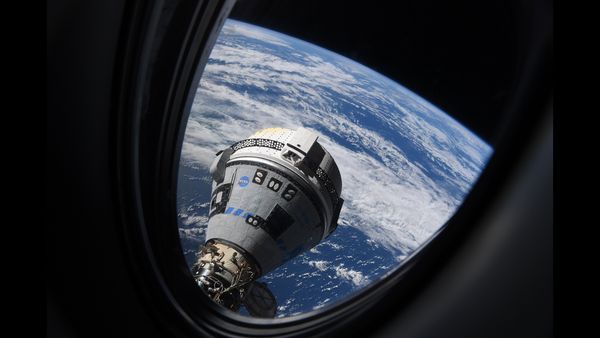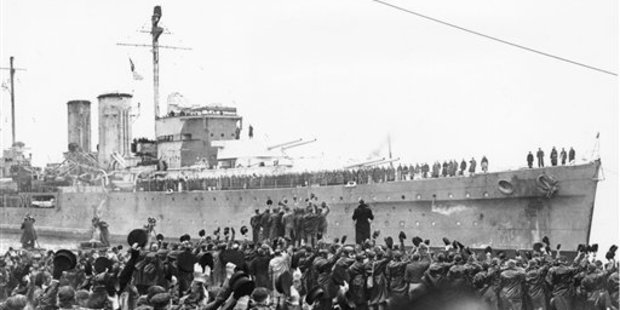
It's the bizarre mystery at the bottom of the Java Sea. The wrecks of military warships that have disappeared without a trace.
The warships sunk following one of the bloodiest naval battles of World War II.
During 1942's Battle of the Java Sea, more than 2000 sailors perished as the Allies struggled to keep the Japanese Navy from marching across South East Asia.
By the time the fighting subsided, at least five allied ships, some with bodies still inside, lay stricken on the seabed.
In 2002, they were still largely intact at the bottom of the Java Sea.
Today, all five have vanished.
None of the ships could be considered small. The USS Perch was 91m long and weighed 1370 tonnes. The Dutch warship HNLMS De Ruyter was 171m long and when full weighed more than 6650 tonnes while Britain's HMS Exeter was even heavier at a whopping 8520 tonnes.
"It's astonishing," Joss Parsons, a maritime services expert told news.com.au. "These are warships, not small 10 metre tinnies."
The disappearance of the five ships, three from the Netherlands and one each from the US and Britain was revealed earlier this week.
The shipwrecks were discovered, mostly in the condition in which they sank, 15 years ago, by amateur divers.
But when the sites were surveyed ahead of next year's 75th anniversary of the Battle of the Java Sea they had gone.
All that was left in their place was ship shaped indentations on the sand 50m below the surface.
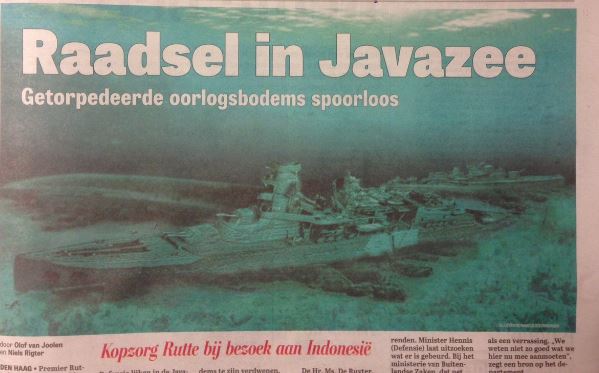
The Dutch Government has launched an investigation to solve the mystery of what has happened to its warships, which are classified as an official war grave for some of the 900 Dutch soldiers who died in the battle.
The country's defence ministry confirmed the disappearance to the Guardian. "The wrecks of HNLMS De Ruyter and HNLMS Java have seemingly gone - completely missing. A large piece is also missing of HNLMS Kortenaer.
"The desecration of a war grave is a serious offence."
However, Indonesian officials have hit back saying other countries should do more to protect their wrecks.
The chief suspects are illegal salvagers, diving down to the wrecks and systematically plundering them not just for their cargo but for their fixtures, fittings and finally their entire rusting hulks.
"It's unusual for shipwrecks of that size to just vanish," said Parsons who works for maritime services company Ardent.
Ardent conducts legal salvage operations across the globe.
The largest salvage Ardent has been involved in was the righting of the Italian cruise liner Costa Concordia, which sank after crashing into partially submerged rocks off Gigli Island in the Mediterranean Sea.
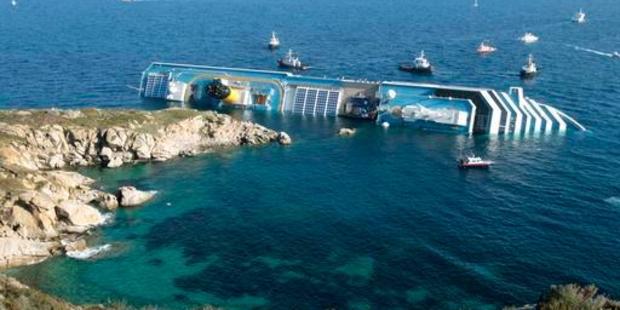
Of the more than 3000 passengers on board, 32 died that night and the operation to right the ship was the largest ever operation of its kind costing $2 billion.
"The value of the ships is in their scrap metal," said Ms Parsons. "That can be melted down and then used for something else."
Across the world there is thought to be some three million shipwrecks.
Some of these have sunken through maritime disasters or wars. But many have been deliberately sunk at the end of their working lives such as the Australian warship HMAS Adelaide which is now a popular diving spot off Sydney's northern beaches.
UNESCO's Convention on the Protection of the Underwater Cultural Heritage, adopted in 2001, is supposed to ensure sensitive shipwrecks - such as those in the Java Sea - remain intact.
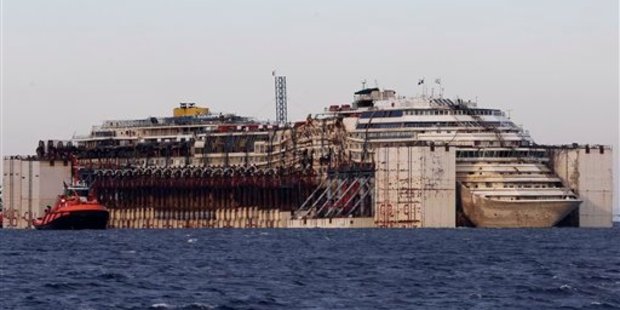
This has demonstrably not be happening in the seas of South East Asia.
In 2013, it was found that the wreck of the HMAS Perth, which was sunk by Japanese forces in the Java Sea in 1942, has been stripped bare by commercial salvagers.
The remains of as many as 350 Australian sailors were on the ship which divers reported had been stripped of most of its superstructure and gun turrets, reported the ABC. However, the HMAS Perth had never been registered as a war grave giving it little protection.
In 2014, it was discover two British's warship wrecks hand been stripped bare off the Malaysian coast.
The telltale signs were a large crane attached to a barge covered in rusting metal shards.
The barge would always sail off when approached.
The following year, Malaysian officials confirmed to Singapore's New Strait Times that local fisherman had spotted more of the suspect barges.
Illegal salvage operators often masqueraded as fishermen to avoid detection, Malaysian officials said, and used GPS to locate the sunken ships.
Explosives would be used break the ship up with propellers, steel parts, high-grade aluminium and brass fixtures particularly prized.
The best parts can go for more than $4000 a tonne.
"The scavengers have a huge appetite for scrap metal and copper brass, which can be sold as far as China," the source told the New Straits Times.
Parsons said there was nothing subtle about scavenging shipwrecks and it was unlikely to go unnoticed. Neither was it cheap process.
"There would be some sort of cost involved and even if you're in just 10 metres of a water you're not going to salvage a war ship in a day. It could take months."
The salvage of the Costa Concordia took two years.
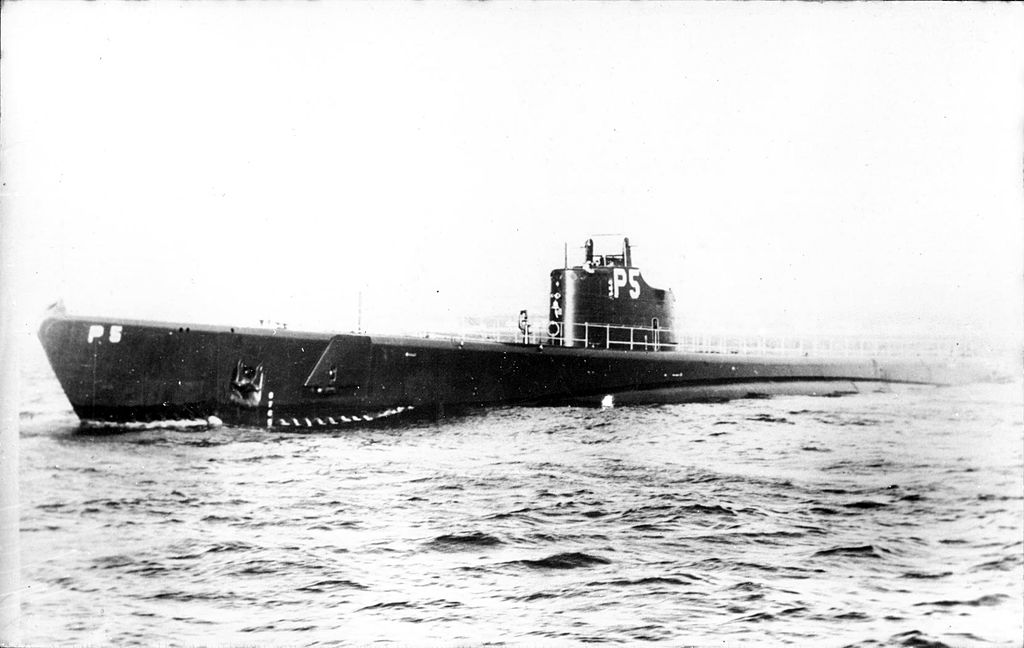
The relatively shallow nature of the Java Sea, at around 50 metres, meant it was a far less challenging environment than deeper wrecks.
The Titanic, for instance, lies more the 3km under the surface where only remotely operated vehicles can reach.
But even in shallow waters, diving down to the warships was still a highly dangerous venture. The time spent under the surface would vary depending on whether scavengers were, for instance, attaching straps to reflate the vessel, of physically cutting it to pieces.
"You need expertise and you would need professionals," Parsons said.
"But having said that some of these guys in some of these countries do things we would never think of doing."
With hundreds of men having gone down in the wrecks, it's likely their remains would have been destroyed in the process of scavenging the hulks.
One of the problems with ship wrecks is the question who has responsibility for the hulk - the ship's owner or the country whose waterways they lie in.
In the latest indecent of the vanishing wrecks, Indonesia said that it commiserated with the nations who have lost warships. But it was nothing to do with them.
"The Indonesian navy cannot monitor all areas all the time," navy spokesman Gig Jonias Mozes Sipasulta told Agence France-Presse.
"If they ask why the ships are missing, I'm going to ask them back, why didn't they guard the ships?"
